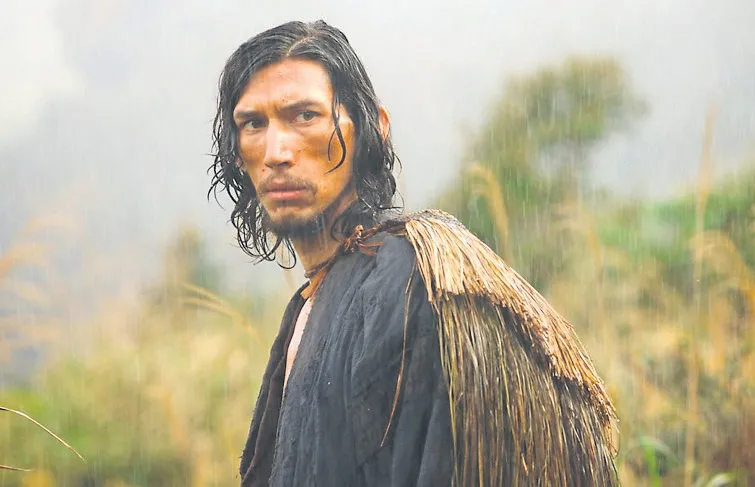‘God still sees us even though we worship in secret.’
In rural 17th-century Japan, a native Christian convert assures two newly arrived Jesuit priests on a mission from Portugal that his faith, and the faith of his fellow villagers packed into the dimly lit hut, is fervent and resilient, even in their impoverished and persecuted state.
Powerfully discomforting
‘The Lord hears you’, one of the young priests tells the villagers. On the island of Tomogi, near Nagasaki, the Christians’ worship is conducted underground, in whispers. At this time, Christianity is banned in Japan and Christians face torture and execution upon refusing to renounce their belief in Christ. This is the setting for director Martin Scorsese’s adaptation of Shusaku Endo’s 1966 novel Silence, a film 27 years in the making and released on New Year’s Day. Scorsese has described the process of creating this film as a pilgrimage for himself and, as such, the film has a powerfully discomforting quality to it, refusing to allow the viewer to sit unchallenged, just as the novel does with its readers.







